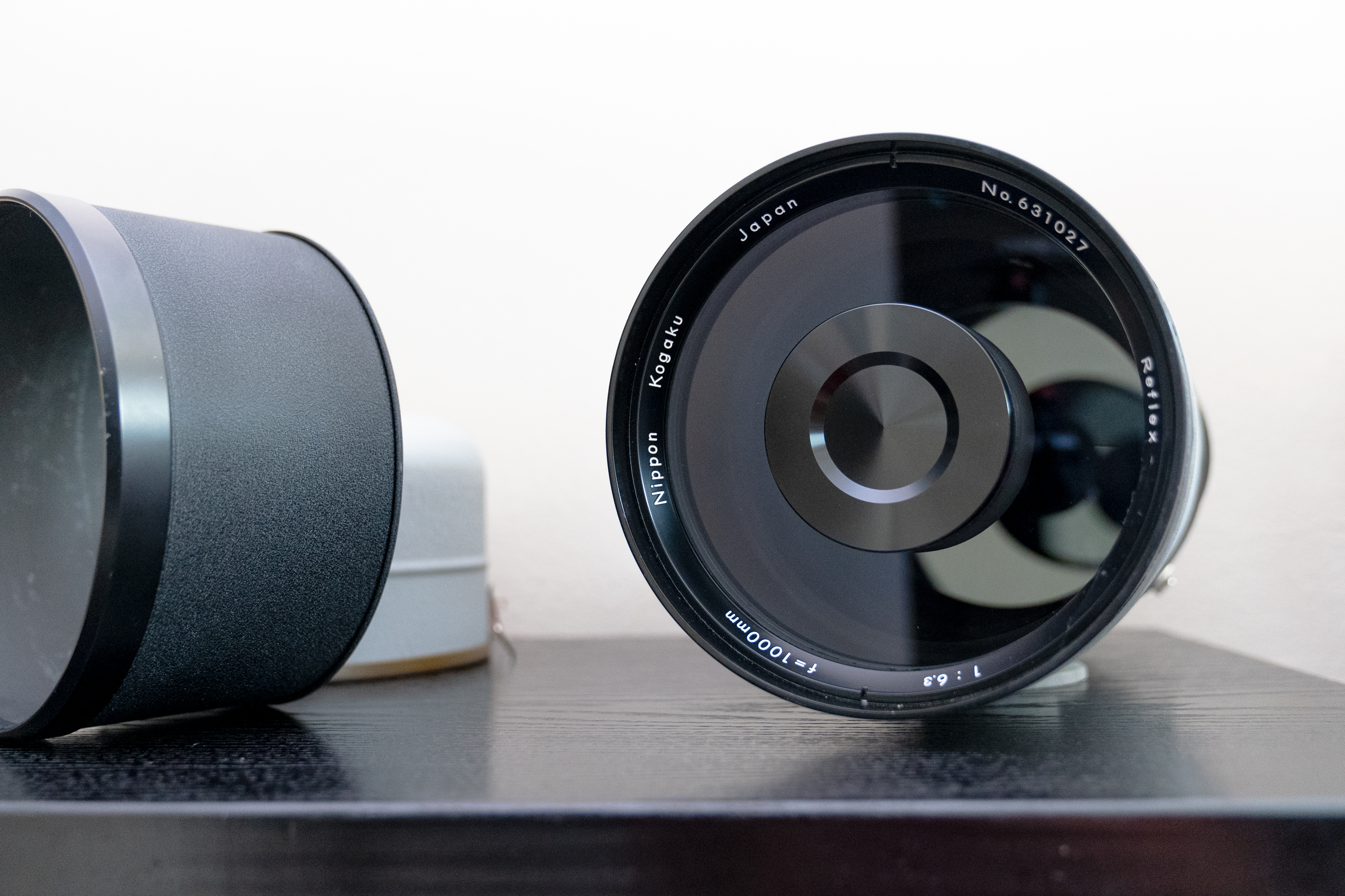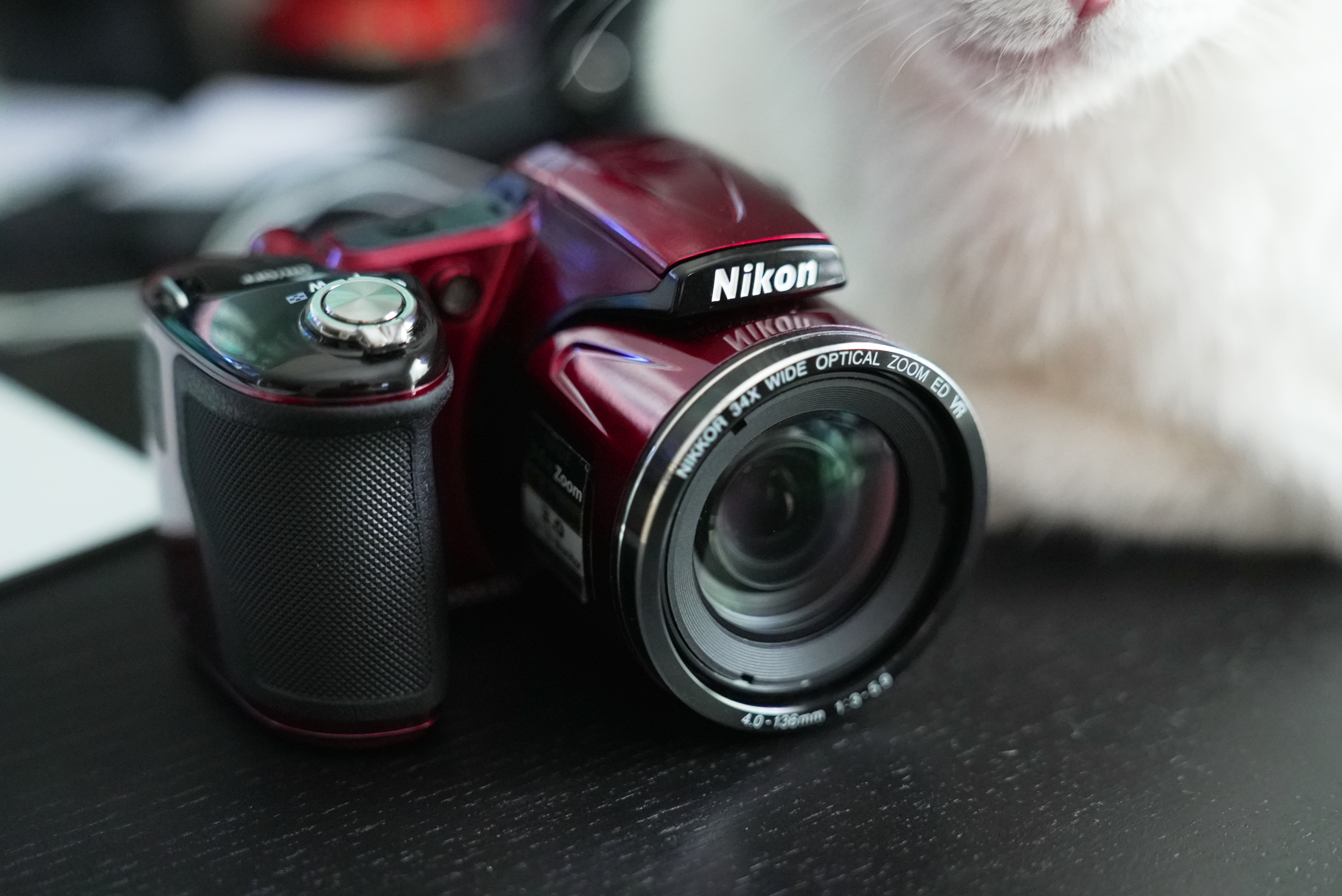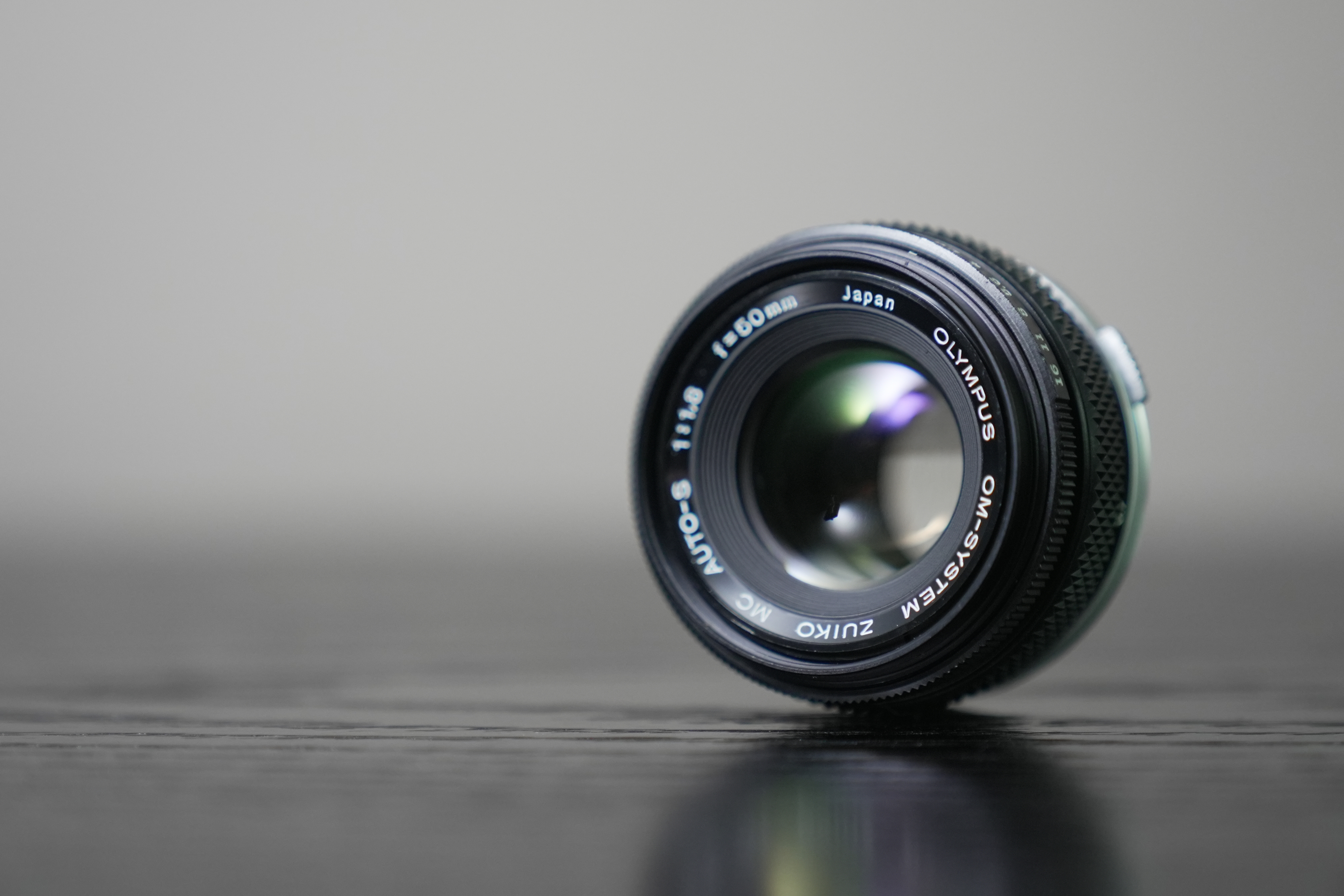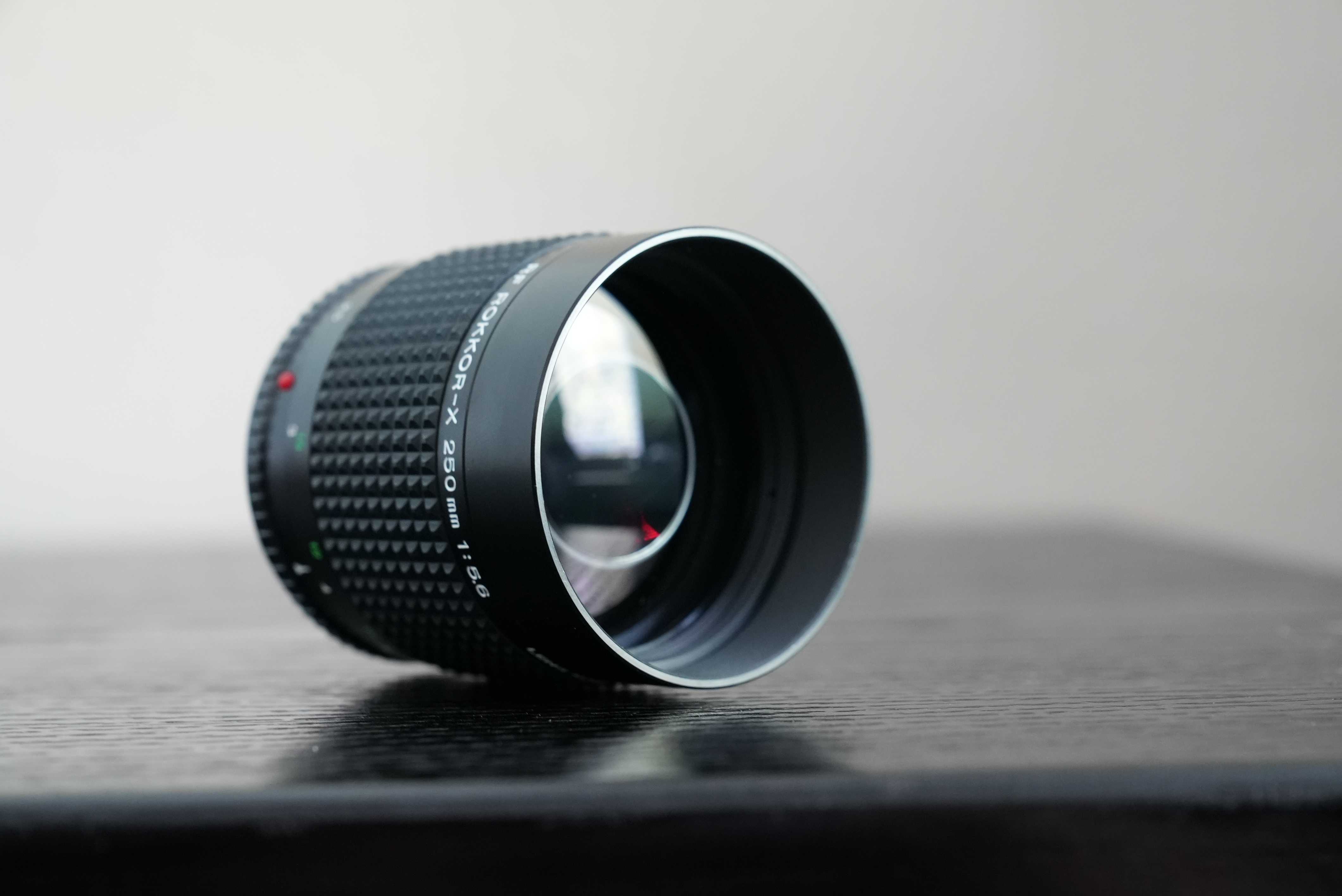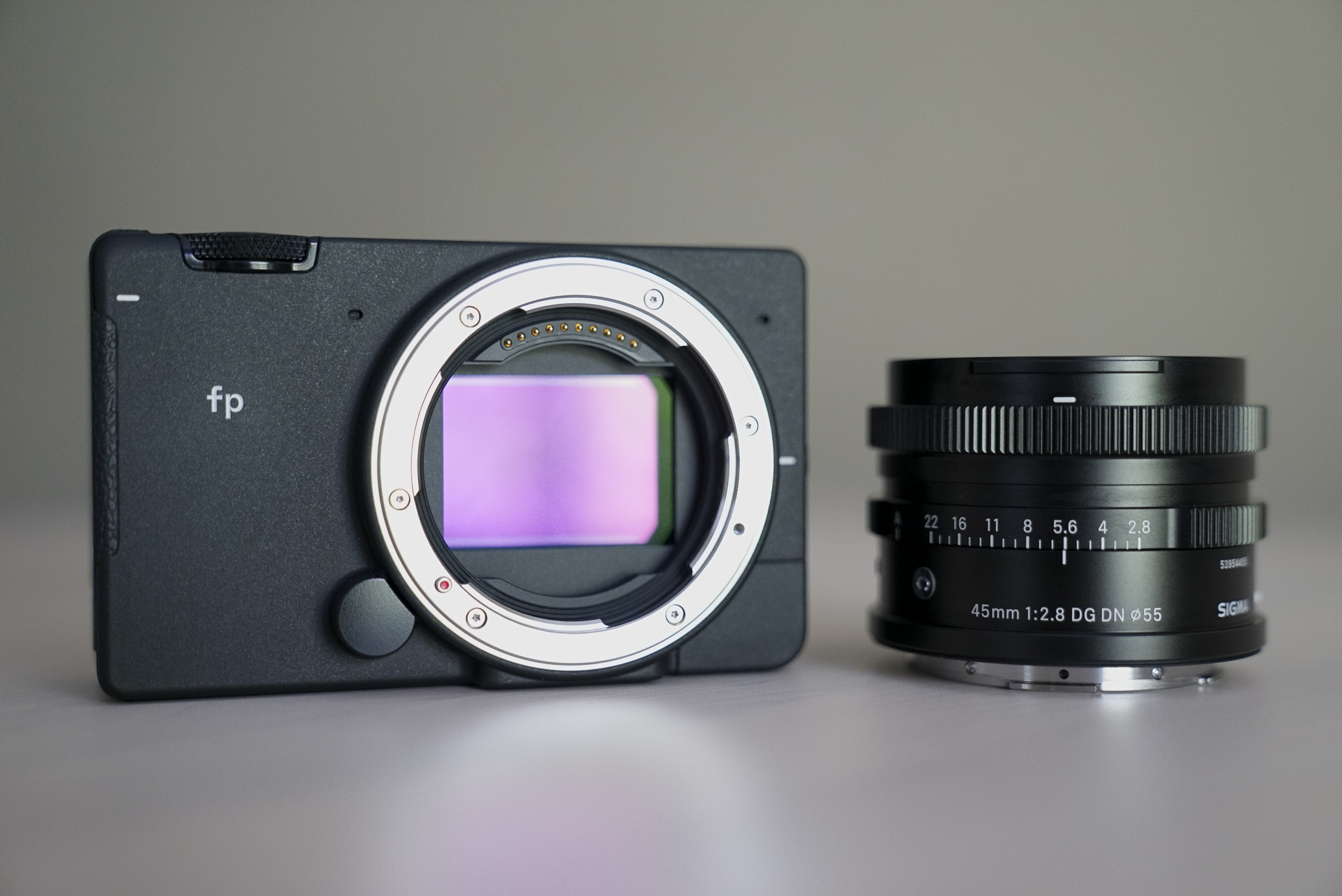
Every so often, there’s a piece of gear that makes you fall in love. A piece of gear that makes you want to run away from all the gear you’ve had before and change your whole workflow just so you can work with it. A piece of gear that you want to hold hands with while running in slow motion on a beach as the orange-red sun sets on your beautiful day together.
While it’s not entirely perfect, the Sigma fp is that piece of gear for me today. I currently find myself firmly entrenched in another brand’s video/photo ecosystem these days, but I’d be lying if I said I hadn’t deeply considered the possibility of selling it all and switching over to Sigma’s world. It’s got a few undeniable downfalls, but the fp absolutely delivers when it comes to image quality and carries a sense of individuality that will be hard to find with the other big-name camera brands.
I love the idea of this camera. It’s compact, lightweight, futuristic, modular and full of stunning video tech. It also takes darn good-looking 24-megapixel photos, easily switching between CINE and STILL modes via a large industrial-size switch on the top of the camera. You can’t miss it.
Body Style
It’s actually the smallest and lightest full-frame camera body available on the market as of July 2020. As a part of the Leica-Panasonic-Sigma ‘L-mount alliance,’ it’s capable of using L-mount lenses or easily adapting lenses from other mounts due to the small flange distance. Sigma continues to pump out new, expertly-designed lenses every year in their Art, Contemporary and Sport lines. If you’ve ever heard me talk about Sigma in the past, you know I’m a tremendous fan of their Art lenses. You’ll be hard-pressed to find better image quality at these price points.
However, these lenses are typically packed with a lot of heavy glass. As a result, that stellar image quality usually comes with a lot of weight and size. The Art lenses are known for their stunning output and value, not for convenience or compactness. This makes them feel a little enormous and silly on this minuscule camera body, but I’ll touch a little more on that later.
When holding the fp in your hand, you’ll immediately notice the build quality. There’s no cheap plastic like you might find on some of the entry-level DSLRs of yesteryear. It feels like a well-machined hunk of metal and circuitry. The screen on the rear is large, bright and sharp, but fixed. There’s no pivot or tilt option which is kind of a bummer for trying to film extreme high or low angles. This also puts a bit of a damper on using the camera for video blogs.

Rear corner view.
You’ll also likely notice the row of air vents attached to an interior heat sink. Despite these gaps in the body, the camera remains weather-resistant according to Sigma.
The large switch on top of the camera to flip between CINE and STILL modes allows you to jump between video and photo modes with ease. This switch automatically changes your on-camera display and the quick menu options to better fit your shooting mode as well.
You’ll probably also notice the lack of a built-in hotshoe or viewfinder, which seems odd given how many photographers and videographers prefer to find their frame by looking into a small glare-free hole. Thankfully, the fp comes with a hot shoe module to attach a flash or mount other accessories if you like.
Also worth noting is the 1/4-inch tripod mounts on each side of the camera as well as on the base where you’d traditionally find one. You can screw in the strap lugs to these side areas or you can add accessories like a handgrip and a hot shoe/cable protector. This plain, brick-like camera was designed to be modular and versatile to fit each user’s needs perfectly.
All of this is very exciting for me, who played with Legos a lot as a kid and secretly always wanted a Jeep Wrangler so I could have the option of taking the doors off or sealing it up with a hardtop. On the other hand, this is also very bad for me since I like having all of the pieces to things. Sigma currently sells two different types of hand grip, an alternate baseplate module, a loupe-like ‘LCD Viewfinder,’ a pistol grip for attaching to the underside of the camera, and others. That’s a lot of additional accessories to buy if you want to have every possible build option.

The Sigma 35mm f/1.2 DG DN ART dwarfs the micro-sized fp.
Handling
I was able to test the smaller version of the handgrip which did improve ergonomics to the point where it didn’t feel like I was palming a featureless brick anymore, but it certainly doesn’t feel great or particularly secure. I can’t imagine trying to shoot anything handheld at great length with it. Granted, there are wonderfully-designed camera cages and side- or top-handles out there by companies like SmallRig. However, I’m talking about buying even more pieces to complete the ideal kit.
The camera also lacks a few features that are considered standard for newer models, such as a headphone jack to monitor the audio being recorded. There is an input to attach an external microphone, but no way to listen in. The autofocus is all contrast-detection technology so it’s often slow or inaccurate. There’s no in-body image stabilization here, either. If you’re on a tripod or other stabilizer, this isn’t a problem of course, but a camera body this small just begs to be used handheld.
All of these issues can be solved with an external monitor with its own headphone jack, a stabilizer, manual focus and a couple other accessories. But once again, I’m talking about buying more pieces.
I suppose what I’m getting at is that this camera makes me want to go all-in. It makes me want to buy all of the accessories. I want to buy an additional SSD drive to get the best-quality 12-bit 4k CinemaDNG video. I want to sell all of my Sony lenses and buy the new Sigma DG DN Art lenses.
Image Quality
Despite the lack of image stabilization and the autofocus that’s not always quick or accurate, the photos and videos that come out of this camera always seemed to surprise me. A large part of my awe was likely because I was shooting with their new 45mm f/2.8 Contemporary lens and I had unfairly low expectations for the Contemporary line. Nearly every still image I shot with this camera had a sort of cinematic quality, so I’ve got to hand it to Sigma for doing a great job with their processing.
The high-iso performance is surprisingly good, and truthfully is a bit of a lifesaver here due to the lack of image stabilization. The camera sees very well in low-light situations, without an excess of digital noise.

35mm f/4.6, Shutter speed 1/80, 20,000 ISO
Yes, that does say 20,000 ISO.
The missing in-body image stabilization hurts my feelings, though. Coming from a small-budget video background, I really prefer the run-and-gun style of video shooting. It isn’t ideal for selfies or video blogs due to the fixed screen, and it does suffer from a lack of handheld ergonomics, especially when using those beautiful and heavy Sigma ART lenses.
However, if you’re a budding filmmaker, this system shows a great deal of promise. The video files that come out of this thing are nothing to sneeze at, and in the pursuit of cinematic perfection, there are often sacrifices that must be made. If a user is willing to drop some extra money on accessories to build up their Sigma fp rig so that it exactly fits their shooting needs, it could be almost perfect for anyone.

Built up for video work.
Video-Centric
From a technical aspect, this camera is extremely appealing to filmmakers and videographers. There is no other camera on the market that’s this small or affordable with the ability to shoot CinemaDNG RAW video. If using an external recorder, you also have the option to shoot video in ProRes RAW.
The funny thing about this camera review is that I didn’t even come close to testing out the full extent of the video files. As of the latest Firmware 2.0, the highest-quality video output by this beast is 12-bit 4k CinemaDNG. For those of us who aren’t technophiles, that means that it’s a wickedly dense, high-resolution video file that will hold up to extreme editing and color-correction in post-production without losing quality.
If you’re primarily a stills shooter, think of it similarly to shooting RAW image files instead of JPEG files. It adds a step in the development process but gives you a lot more possible dynamic range and freedom in color grading. However, in the creative process, more steps aren’t always better.
To get to this level of quality, you’ve got to connect an external Solid-State hard drive to the USB-C port on the side of the camera. I didn’t have a compatible hard drive, but if I were going to fully commit to the new system, it would absolutely be worth the cost. They can be found around the same price point as comparably-sized SD cards.
Instead, I wrote directly to the SD card, which gave me the CinemaDNG option of recording 4k footage in 8-bit. Alternatively, you can get up to 12-bit without the SSD drive by shooting in 1080p. These files didn’t work with my current workflow, so I downloaded DaVinci Resolve to convert them to a codec I could work with. Even then, processing them with my 5-year old laptop had my cooling fans sounding like they were about to take flight.
Essentially, the files were great but I’d have to change my entire workflow to work with them—which is fine if you’re willing to make that jump. The thing is—I’m not entirely sure I’m ready for that quite yet.
Image Samples

45mm f/2.8, Shutter speed 1/200, 12,800 ISO

45mm f/2.8, Shutter speed 1/2000, 100 ISO

45mm f/3.5, Shutter speed 1/80, 100 ISO
To Sum Up
It boils down to this—the Sigma fp is amazing. If you’re willing to make a couple of sacrifices when it comes to ease of use, you’ll be able to produce some great still images and impressive video files that your clients or viewers would never guess could come out of a camera this small and affordable.
Sigma pushes the boundaries with their Art lenses and continues that tradition with this camera. The fp may not be what you expect. It may not even be what you need, but it absolutely shakes up what you might be used to, and it does that without fail. In this field, that’s quite an accomplishment.
With a lot of new mirrorless models being released in such a short amount of time, it’s hard to say which choice is the best right now—but I’ve got my eye on you, Sigma. Add some in-body image stabilization and a LOG picture profile on the fp’s successor and you might have won me over for good. Throw in a decent optional electronic viewfinder module for good measure.

Pictured with the HG-11 Hand Grip, 45mm f/2.8 Contemporary, and a wrist leash
Items featured in imagery:
Sigma fp w/ Hotshoe Attachment
Sigma 45mm f/2.8 DG DN Contemporary



